Commercial Display or Consumer TV? A Professional Buyer’s Guide
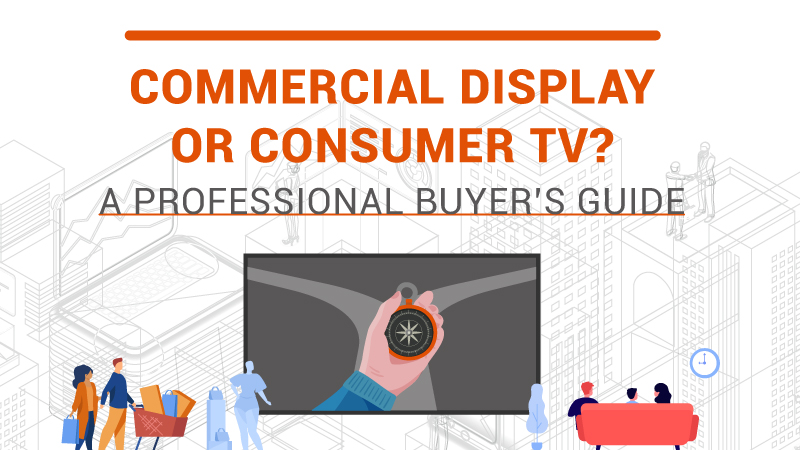
If your business needs to put a display in an indoor or outdoor environment for digital signage solutions, you might consider buying a cheap signage TV to save on cost. But did you know there is a commercial display type that has features that offer superior performance and better return of investment than those of a normal TV?
Before making the best purchase decision, you need to know what the differences between a consumer TV and a commercial-grade display are.
If you don’t have this information, you might not end up with the best display for your commercial space. That’s why we’ve put together this guide. Once you have the right information, you can buy the right type of consumer-grade TV or commercial-grade display.
Let’s first look at the definition and read on.
What is a Commercial Display?
A commercial display is an LCD flat-screen size above 32 inches, often used for commercial purposes to display eye-catching and dynamic digital signage content like advertising, information, and real-time messages in retail shops, hospitality, corporate, and public environments to attract and engage with customers and visitors.
Table of Contents
What is the Difference Between a Commercial-Grade Display and a Consumer TV?
To decide on whether you want to buy a commercial display or a consumer display TV, you need to know what the differences are between the two. Some differences include application, panel performance, the warranty available, and more. We’ll review these differences now.
1. Application
- Design
A consumer TV often has more aesthetic styles and changes more frequently to meet various consumer tastes. A TV is designed to be viewed several hours daily based on domestic leisure and entertainment use. So, from the beginning of the product design, including panel selection, connectivity, etc, this type of display is designed perfectly for staying in and watching a movie with your family or friends.
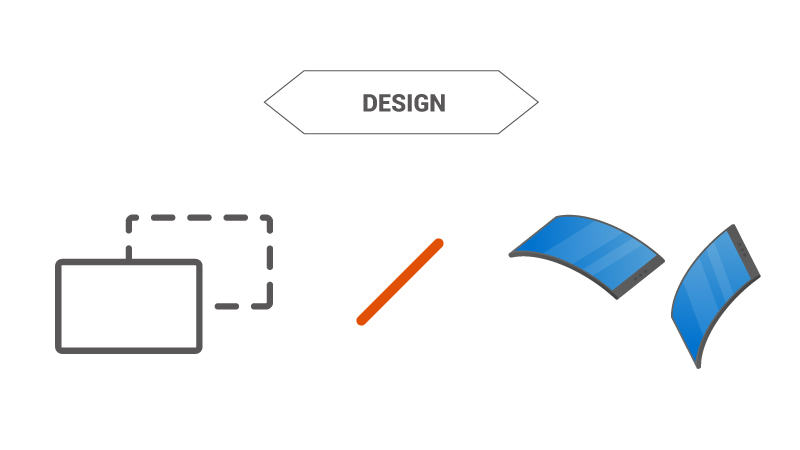
- Deployment
On the other hand, a commercial-grade display has a more symmetrical style and is often without a brand logo. A commercial display is designed to be viewed 16 to 24 hours a day in a public place. This public space can be either an indoor or outdoor environment. It’s important to note this, since not all commercial display screen buyers know that these commercial-grade displays can be used outdoors.

2. Panel Performance
Because of the usage difference covered in the last section, the panel performance is different from commercial displays to consumer TVs. It’s specially designed to last longer and be easier to see from different angles. Let’s review these differences now.
- Operation Time
Commercial displays have built-in thermal sensors which means you can use them for longer periods of time. Additionally, they have a longer panel operation time, which can range from 16/7 to 24/7. If you are looking to install a TV in an airport concourse area, this is the perfect screen for giving flyers the information they need to catch their flight.

- Brightness
A commercial-grade display is almost 500 to 5,000 nits. This is the case for both indoor and outdoor applications. Depending on how many nits you need, there are many high-nit options available in the digital signage market.
Because of the high nit count, this kind of professional display can perform with greater clarity and more vivid colors than a regular TV in a bright environment. Some commercial-grade panels even have special anti-glare coating treatment to reduce image reflection.
A consumer TV, on the other hand, is around 150-250 nits. As a result, it isn’t going to be as vivid or clear as a commercial LCD monitor if looking at the screen under ambient light. Additionally, because it might not have an anti-glare coating, customers may not be able to see it from certain angles in your commercial space.

- High Impact Resistance
A commercial-grade panel reaches a high level of the hardness scale. As a result, it can endure high and low temperatures as well as high impact forces. Additionally, a commercial screen has scratch and press protection.
At AG Neovo, we have a monitor with a glass screen that has this scratch and press protection technology. It comes with LCD panel protection, high impact resistance, and an anti-scratch surface. It is also water and dust-resistant.

- Image Retention
Burn-in on LCD screens occurs when pixels cannot return to their relaxed state after a static image has been displayed on the screen for a long time. This is a static image called a “ghost image”. You may have noticed this happen on a TV you have at home, where there’s a spot that doesn’t seem to go away.
A professional commercial-grade display comes with a “pixel-shifting” technology that tackles LCD-burn-in or image retention effect. This is one of the benefits of buying a commercial screen. It prevents visibility issues on the screens that all your customers are looking at.
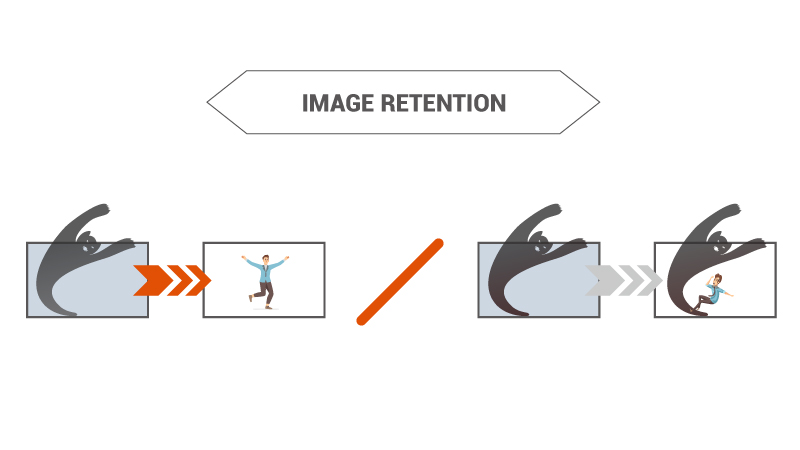
3. Public Information Features
Commercial displays have superior components that can outperform consumer TVs in various aspects. These include the landscape/ portrait option, versatile I/O ports, a built-in media player and slot, and more. Let’s review these features in detail.
- Portrait Mode
You can use commercial-grade displays in a wide range of public places. You can display them in either landscape or portrait orientation to suit the needs of different environments. This is far better than having an ordinary TV, where you won’t have this option.
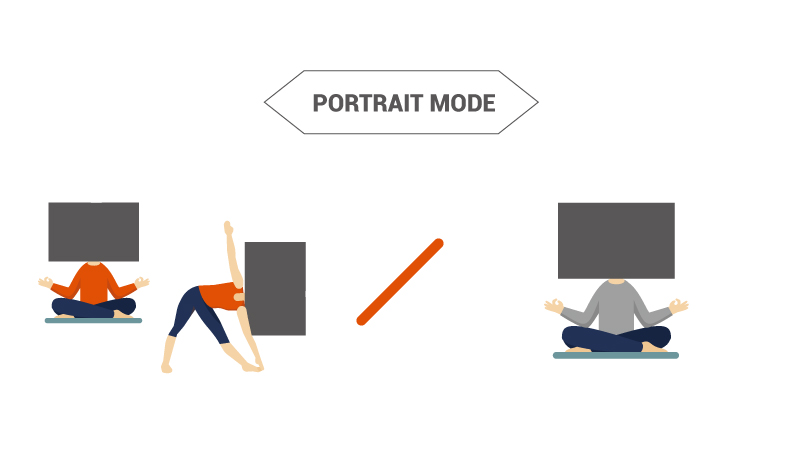
- I/O Ports
Commercial-grade displays have more variety of input types than consumer TVs have, such as LAN/IR/RS232/VGA/HDMI/DVI/DisplayPort. This means that you can switch a variety of audio/video sources on your display and also control multiple panels for remote management.
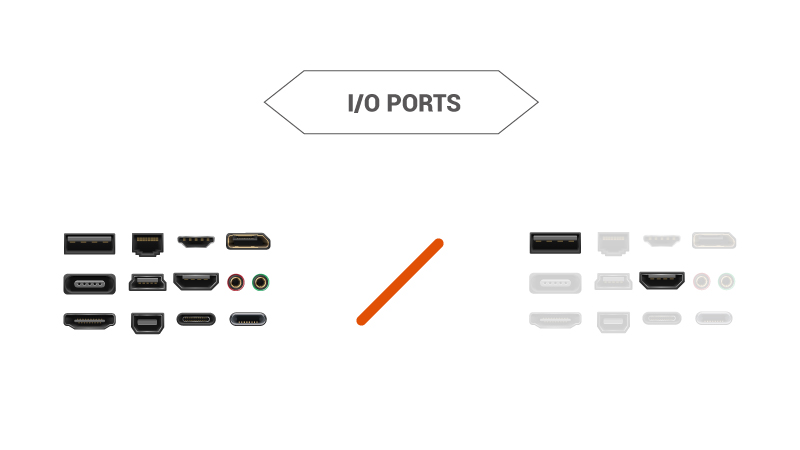
- Media Player
Unlike consumer TVs, a commercial-grade display has more applications. These applications include being able to broadcast content through built-in scheduling functionality, or open pluggable specifications.
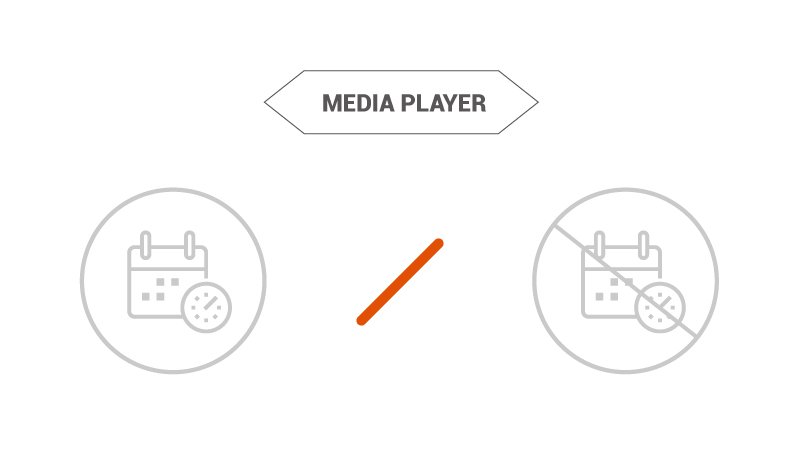
- Security Issue
Because you’re deploying commercial-grade displays in a public place, you need a special security check. This is called IR locking. If you want to protect your privacy and ensure that the correct information is displayed on the TV when your customers are looking at it, the IR locking feature available with commercial-grade displays is key.

- Multi-Touch Capability
Some commercial-grade screens are multi-touchable. Multi-touch is an advanced technology that is widely used in a retailing environment.
This can be incredibly useful if you want to provide your customers with a search option for what they’re looking for. This way, they can find the shops they need to go to in a mall, for example.
Additionally, a multi-touch screen can be useful in an airport concourse area. You can provide flyers with a map of the airport and help them find their way to their gate. This way, they’ll be less likely to miss their flight.
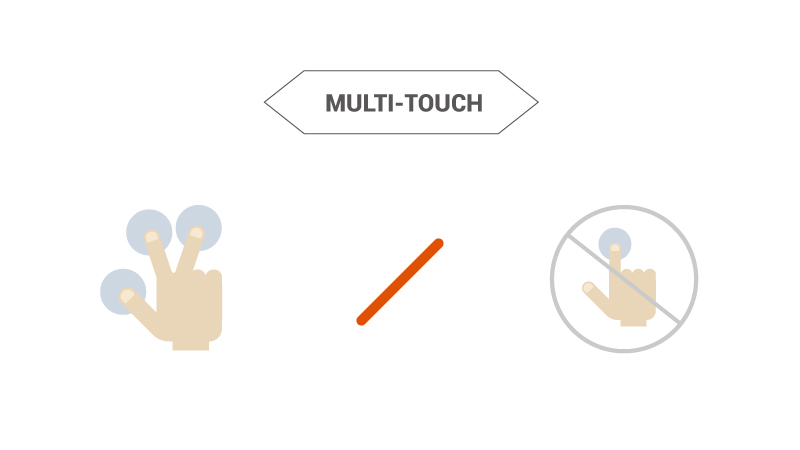
- Warranty Terms
Most consumer TVs come with a 1- to 2-year warranty. A few of them come with a 3-year warranty. If you want your TV to last, buying a commercial type would often be a better choice.
Commercial-grade displays often come with a 3-year or more warranty, and also offer after-sales support.
Though there are few consumer TVs that come with a 3-year warranty, this still isn’t enough. If the TV has a long period of usage per day, it likely won’t last as long. You may need to change to another replacement unit within 3 years.

4. Return on Investment
When it comes to returning on investment, you’ll save money if you invest in a commercial-grade display TV. This might seem counterintuitive, but we’ll review here how that’s actually the case.
So let’s say you’re taking a look at both options available to you.
If you’re only looking at the price tag, a commercial screen costs more than the same size consumer TV. However, if we calculate the price divided by the total use over time, a commercial one is cheaper than a consumer TV.
Here’s why: it is reported that the average lifespan of a consumer TV can reach somewhere between 40,000 and 60,000 hours. The average lifespan of a commercial digital signage display, on the other hand, can reach 100,000 hours.
Let’s take the same size and resolution of the TV and professional display for a simple calculation (forget about other differences in the components).
A 65” 4K Smart TV is around $550 to $900. Let’s take the average of that number, $725. Now, we’ll divide $725 by 50,000 working hours.
This gives us $0.0121 per hour.
Now, a 65” 4K commercial display costs somewhere between $950 and $1125. In this calculation, we’ll use the average of those prices, $1037. Then, we’ll take that average and divide it by 100,000 working hours.
That gives us $0.0104 per hour. As you can see, this result shows that the commercial type is cheaper if we take the working hours total into consideration in our calculations.
Here’s an easier way to do the calculation.
You purchase a commercial-grade display for the price of $1,037, which you can use for 100,000 hours. However, you need to buy 2 units of consumer TVs for 100,000 hours of usage, which cost you $725 x 2, excluding cabling and your time. Which is better for ROI?
The commercially display TV is better for ROI.

5. Connectivity & Control
Compared to consumer TVs, commercial displays have more connections and control options. These include the IR/RS232 daisy chain looping for video/audio command control and LAN-controlled remote management for multiple displays.
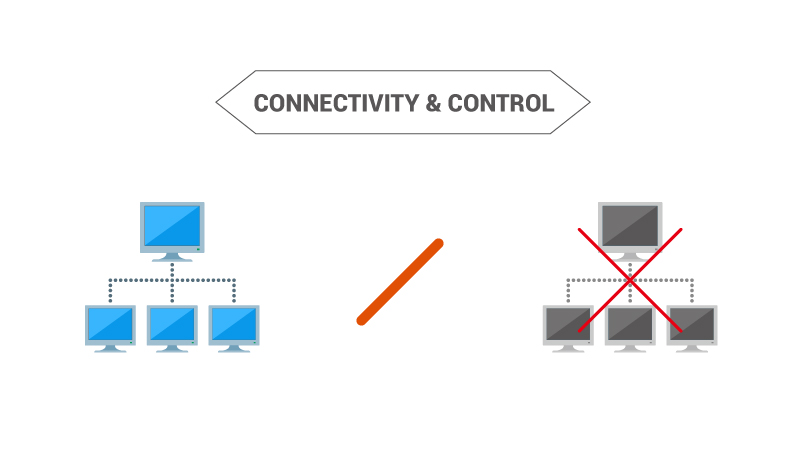
What Should You Consider Before Buying a Commercial-Grade Display?
Visibility, durability, and warranty are the three critical considerations you need to think about before you purchase a commercial-grade display. We’ll review all three of these now so that you can choose the best commercial-grade display TV for you.
- Visibility
Whether you are going to put the commercial-grade display indoors or outdoors, visibility is key. The environmental light and the wide viewing angle influence if the image on the screen can be 100% viewed by passers-by.
- Durability
A robust and reliable commercial-grade display screen, public information display, is a must.
Otherwise, your TV might deteriorate over time. This is especially the case if you want to install your TV in an outdoor area where it can be affected by the weather.
- Warranty
Buying a commercial LCD can be a long-term investment for your business. Therefore, having a warranty is important. AG Neovo provides a 3-year warranty for displays.
The Best Choice
The truth is that consumer TVs are not devised for the “always-on” demands of screens used for digital signage jobs. AG Neovo provides a wide range of commercial-grade displays to suit your various needs. Learn more about AG Neovo 4K commercial displays.
Infographic
Commercial Display or Consumer TV? A Professional Buyer’s Guide
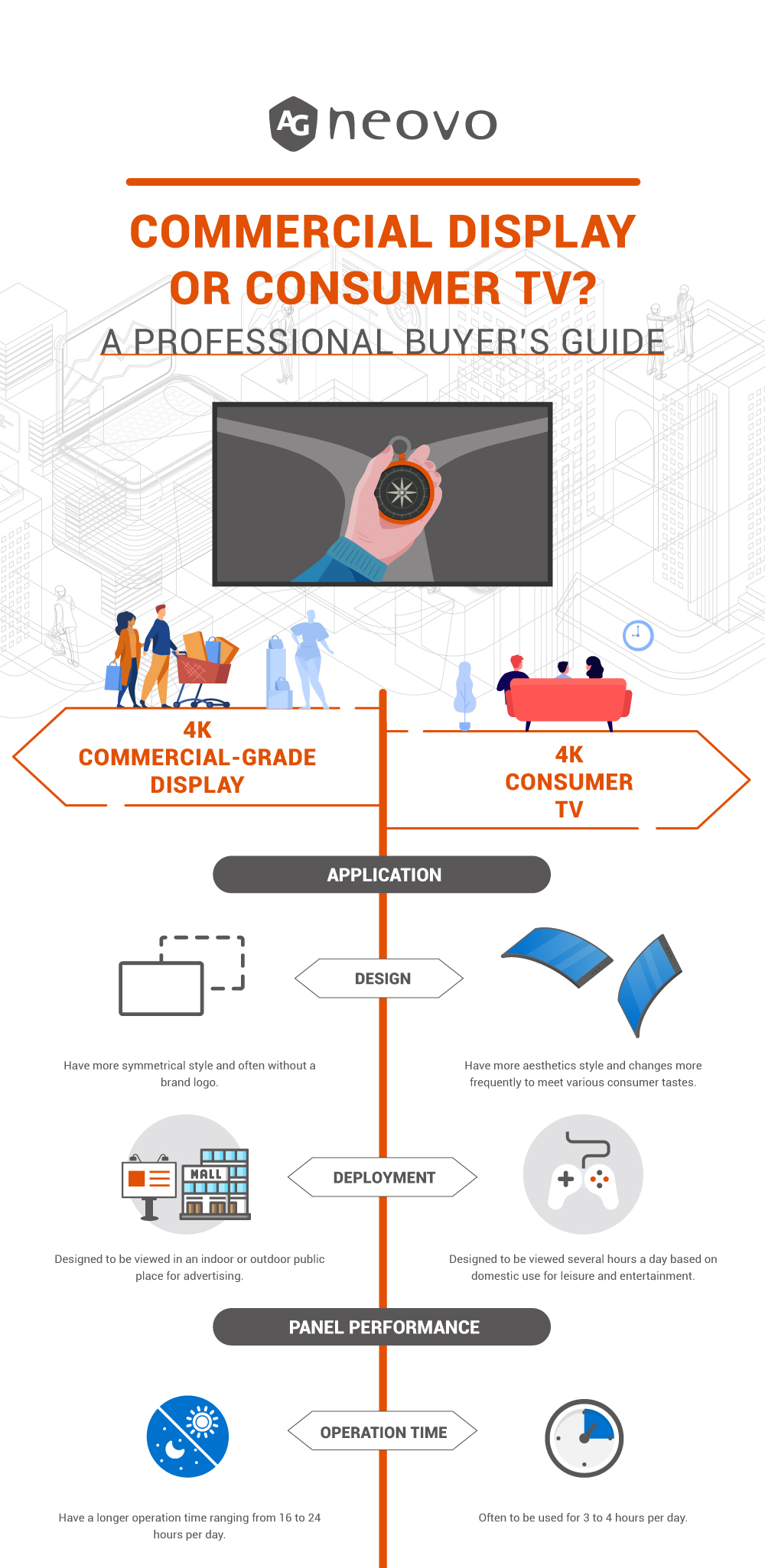
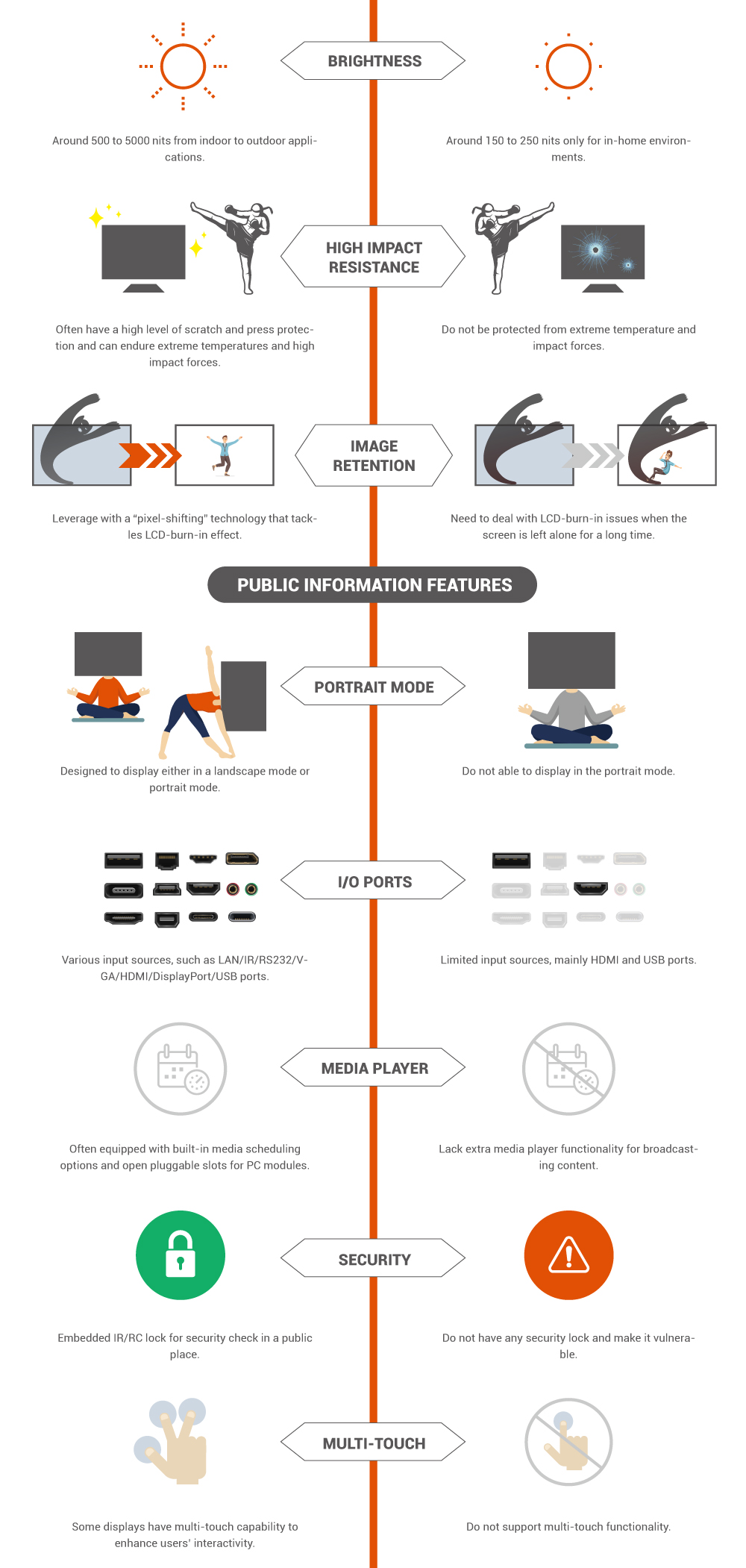
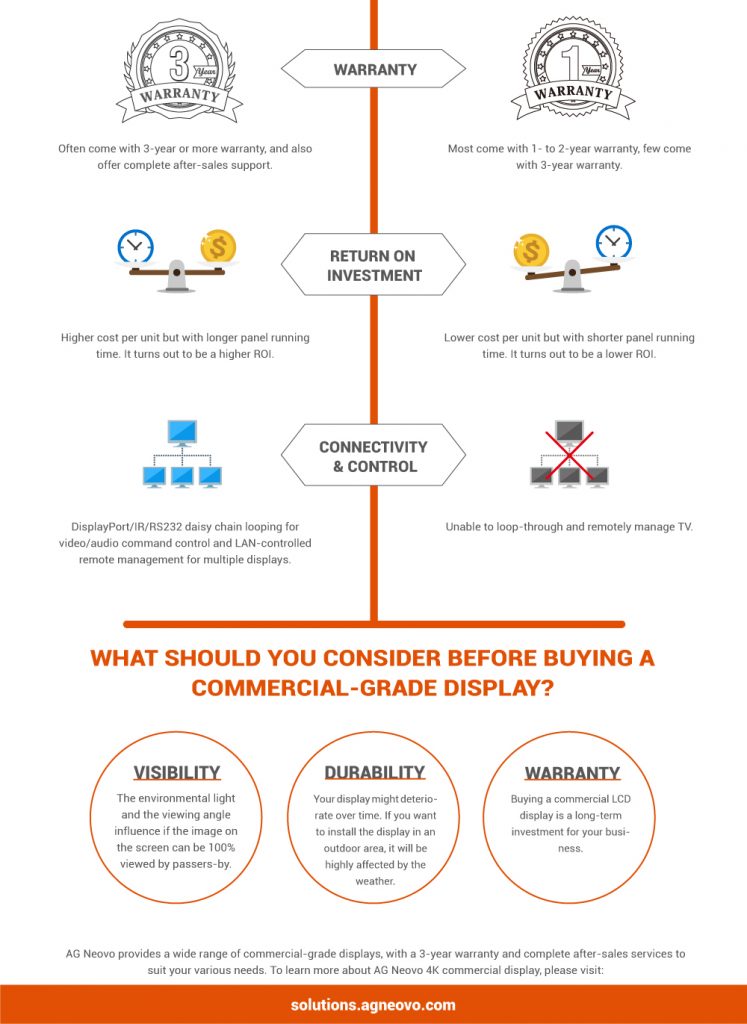
2 thoughts on "Commercial Display or Consumer TV? A Professional Buyer’s Guide"
Comments are closed.


Do you need to have a different device to be able to use this commercial tV as a video wall or is there a built in daisy chain functionality?
Hi Sherdon,
Thanks for your question. We can offer 4K UHD professional displays that can be tilted into a 5×5 video wall without a third-party device.
Our sales representative will contact you soon.
Best regards,
AG Neovo